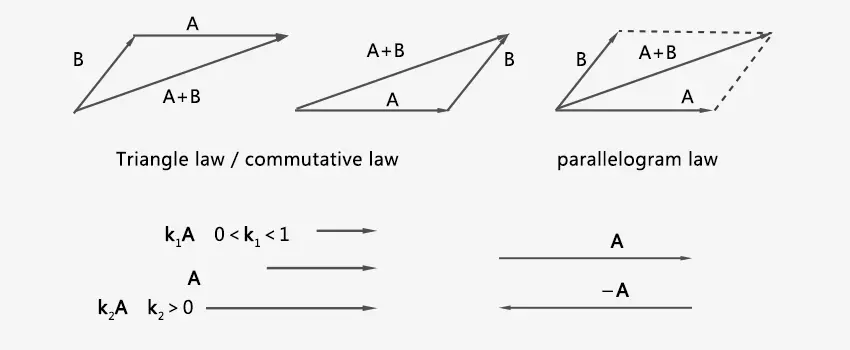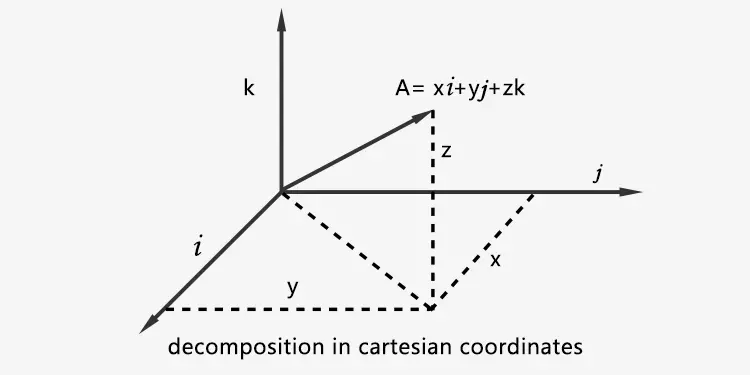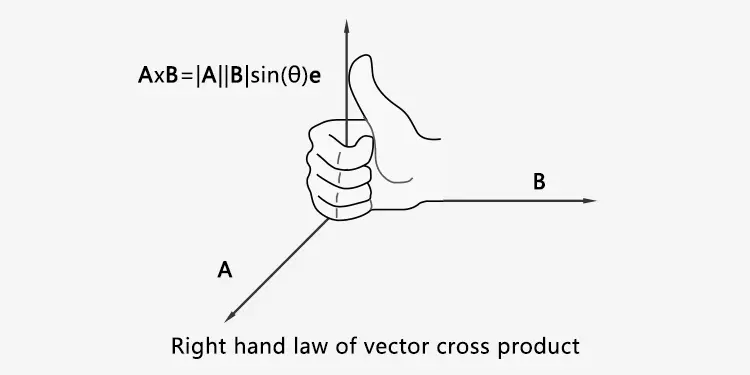In classical physics, two fundamental concepts that are often used to describe physical quantities are vectors and scalars. These two concepts are important to understand because they have distinct properties that are useful in describing the physical world.
A scalar is a physical quantity that has magnitude but no direction. Examples of scalars include temperature, mass, and time. Scalar quantities can be added, subtracted just like numbers. They can also be multiplied or divided by a number.
A vector, on the other hand, is a physical quantity that has both magnitude and direction. Examples of vectors include velocity, acceleration, and force. Vectors are represented graphically by arrows. The length of the arrow represents the vector magnitude, and the pointing of the arrow represents the vector direction. Vectors cannot be added or subtracted in the same way that scalars can. Instead, operations of vectors satisfy the parallelogram rule or the triangle rule.

Vector addition satisfies the commutative law: A+B=B+A
Vector addition satisfies associative laws: (A+B)+C=A+(B+C)
A vector can be multiplied by a scalar: k x A = kA. If k < 0, the direction of kA is opposite to A. If k > 0, the direction of kA is the same as A. The length of kA is related to k. If |k| > 1, A is extended by a factor of k. If |k| < 1, A is shortened by a factor of k. If |k| = 1, its length is unchanged. -A is obtained by rotating the original vector by 180°.
Vectors in rectangular coordinates or cartesian coordinates

A is in the plane:A = xi + yj = (x,y)
A is in the space:A = xi + yj + zk = (x,y,z)
A + B = (x,y,z) + (t,v,w) = (x+t,y+v,z+w)
kA = k(x,y,z) = (kx,ky,kz)
The length of A is represented by |A| = √(x²+y²+z²), the direction of A is represented by a unit vector e = A/|A|
Another important difference between vectors and scalars is that vectors can be resolved into components. It is the reverse of vectors addition and the decomposition is arbitrary(the sum of them must be the original vector again). You can choose the most beneficial method according to your needs. Usually vectors are decomposed along the coordinate axes if a cartesian coordinate is available. For example, a 2 dimensional vector,or a vector in a plane, can be resolved into its x and y components, which are scalars that describe the velocity in the horizontal and vertical directions, respectively.
There are two types of vector multiplication: dot product and cross product.
Their dot producr is a scalar.
A·B = |A||B|cosθ = xt + yv +zw, θ is the angle between the vectors A and B.
if B=A, θ=0°, cosθ=1 and A·A = |A|².
if A is perpendicular to B, θ=90°, cosθ=0 and A·B = 0.
Their cross product is vector.

AxB = |A||B|sinθ e = (yw-zv,zt-xw,xv-yt), θ is the angle between the vectors A and B. The vetor e is perpendicular to the plane in which A, B are located and e, A, B satisfy the right-hand rule.
if B parallel to A, θ=0°, sinθ=0 and AxB = 0.
if B=A or B=-A, θ=0°, sinθ=0 and AxA = -AxA = 0.
if A is perpendicular to B, θ=90°, sinθ=1 and AxB = |A||B|e. In this condition length of AxB is max.